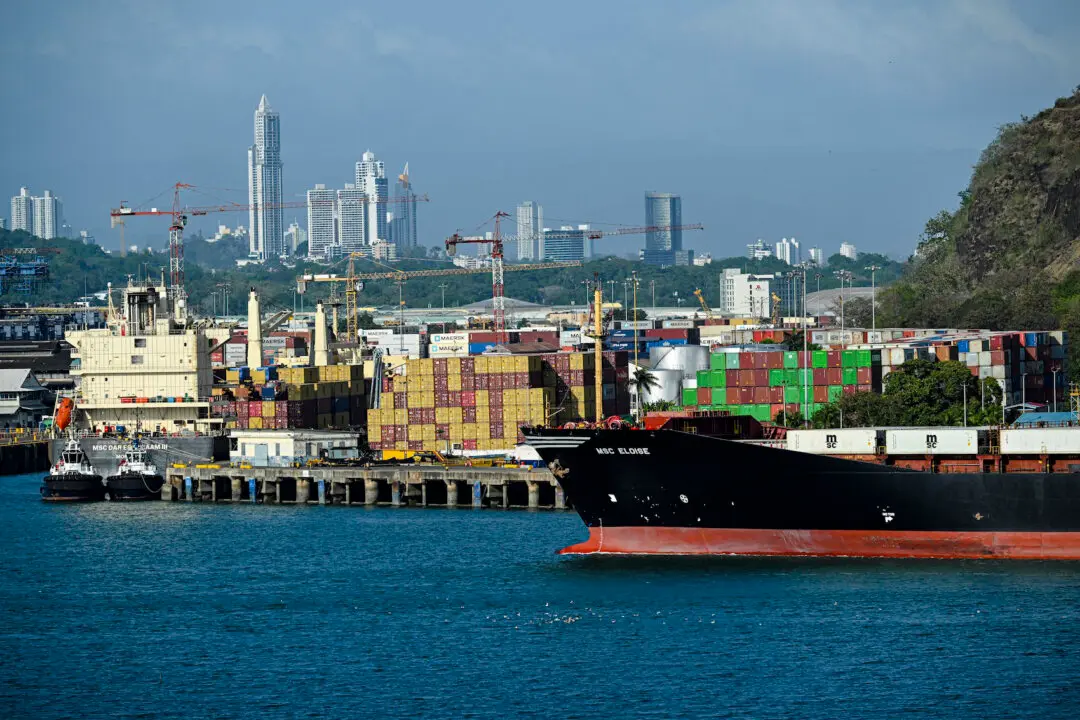China has started shutting down the popular internet finance platform P2P (peer-to-peer lending) since 2018. Just five years ago, P2P, with the backing and promotion of the Chinese regime, became the cutting-edge investment product in China, drawing trillions of funds from private investors. However, P2P has been plagued with collapse and scandal, robbed millions of Chinese of their life savings and even caused some victims to commit suicide.
The ruling Chinese Communist Party (CCP) has started to see the P2P industry and its victims as threats to its political stability and is further cracking down on both of them this year, as shown in the leaked government documents recently obtained by The Epoch Times. The documents and sources also disclosed the secrets behind the dramatic rise and fall of P2P in China and the CCP’s heavy involvement.




